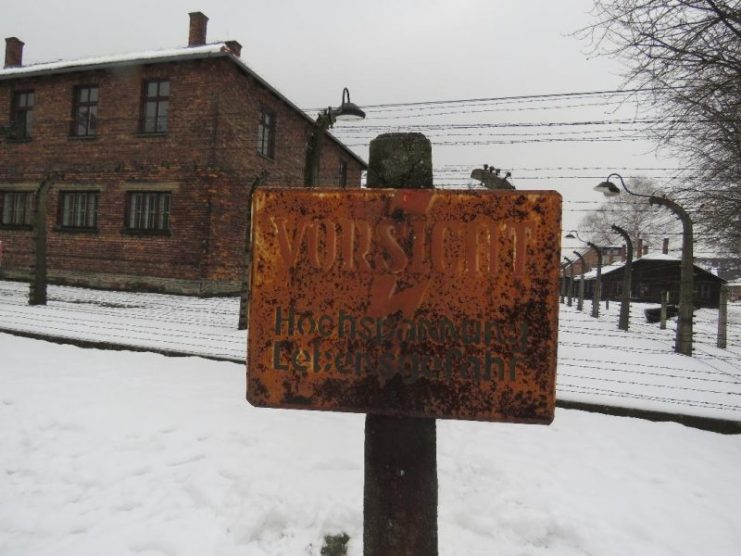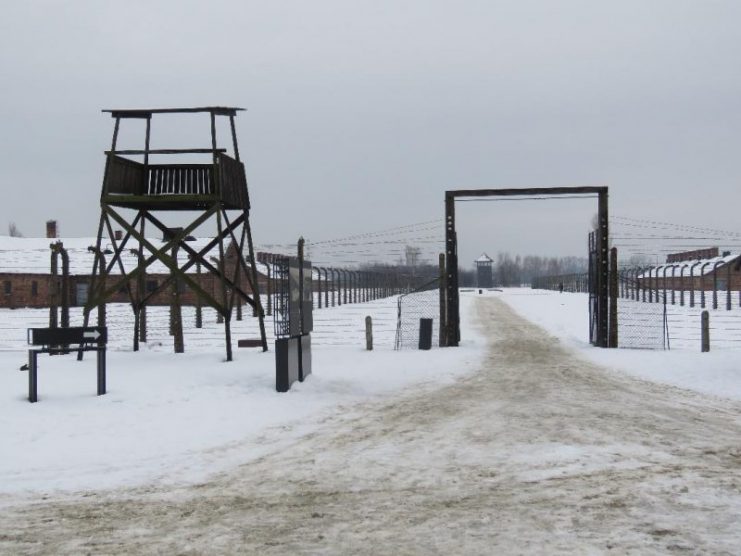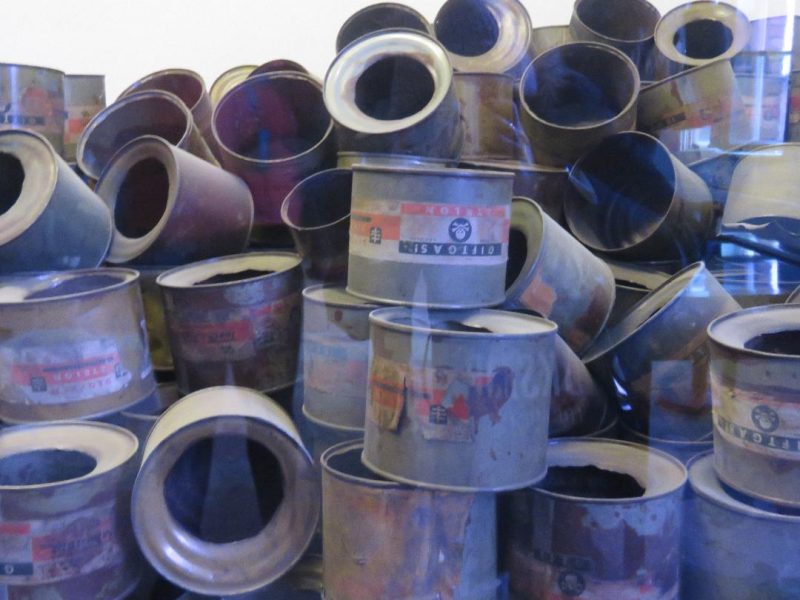It’s the numbers I struggle with. 1.1 million people, murdered here in cold blood, is an unimaginable figure for me to comprehend. These people walked through the gates of Auschwitz under the three little words, the lie “Arbeit macht frei.”
Some were frightened, some bewildered, others maybe even hopeful. Many of these poor souls were to lose their lives and those who survived would be changed forever.
It was the small things that shocked me. A toddler’s slipper, a prosthetic leg, maybe from a casualty of the First World War who had fought so bravely for his beloved Germany. A shabby suitcase, carefully labeled with name and address in hope of new beginnings. A long plait, cut from the head of some terrified victim—someone’s daughter, mother, grandmother or lover.
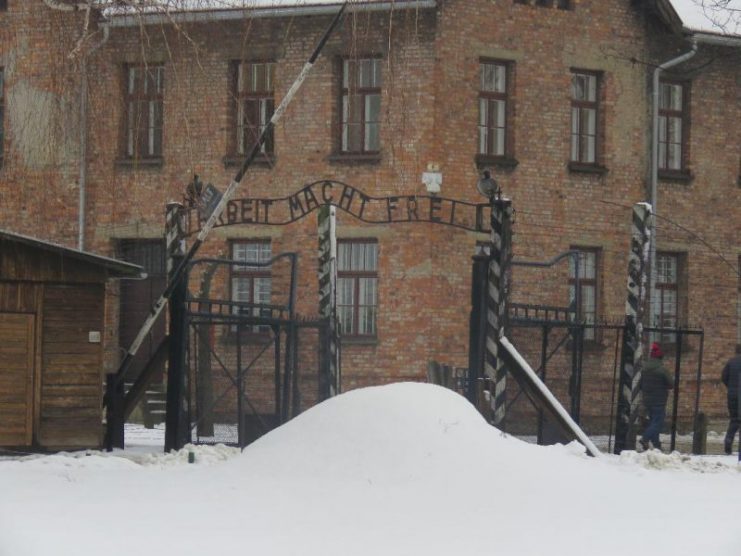
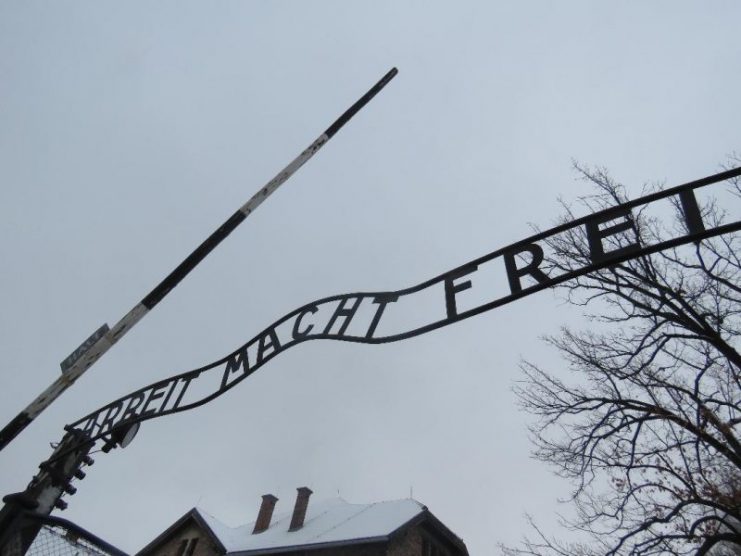
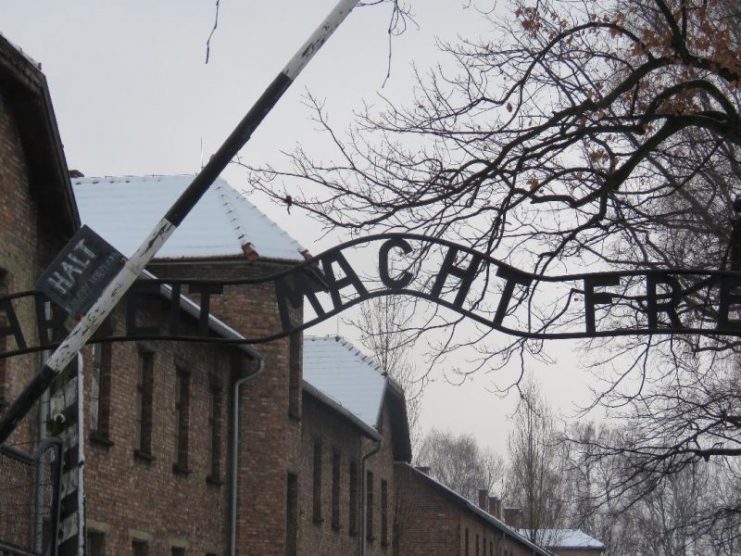
Carefully braided that morning only to be cut off roughly and thrown on the pile of other human hair. The used canisters of Zyklon B, utilized as an efficent method to massacre large groups of people who had been forced into these concrete chambers.
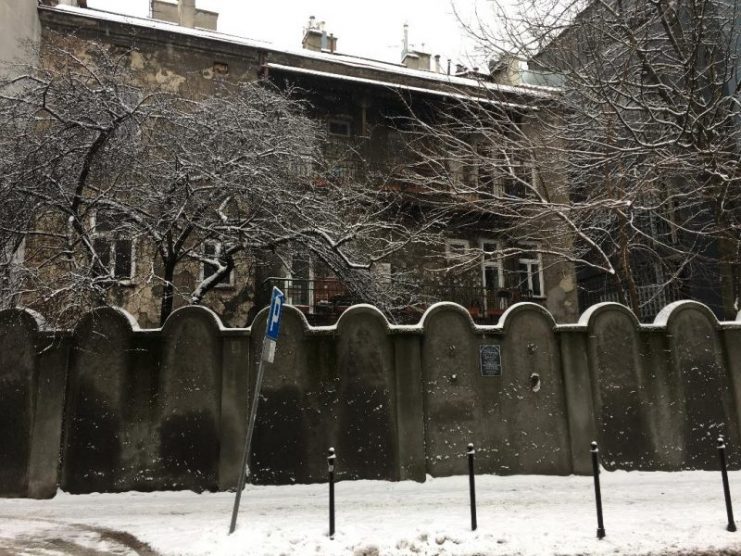
Passing by the laboratory and dissecting room my thoughts turned to the actions of the sadistic Dr. Mengele who was fascinated by twins and carried out the cruelest of experiments on them. Having twin sisters myself, this struck a nerve and I quickly pushed this thought aside.
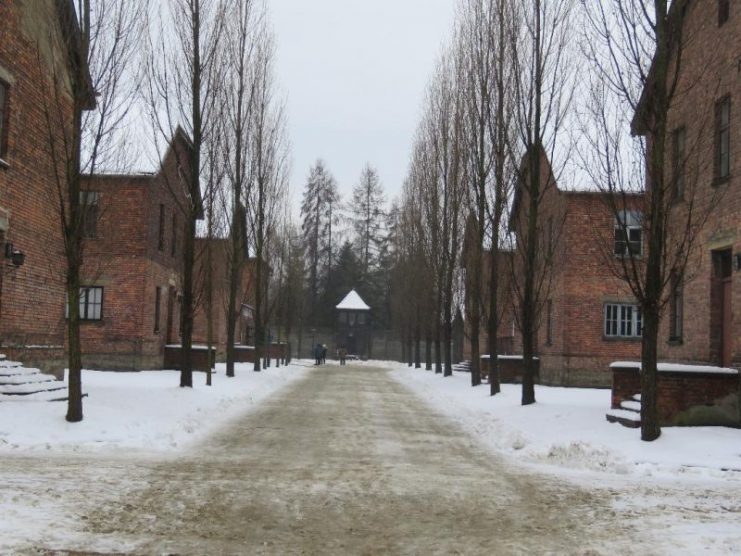
In the women’s camp I brushed my hand along the cold, stone bunks. I thought about the women who were forced to sleep here, huddled together for warmth with no water or sanitation. My thoughts turned to my own grown-up daughter and I contemplated how I’d feel if she was lying next to me, confused, frozen and starving.
A mother’s natural instinct to nurture and protect is at once futile and hopeless.
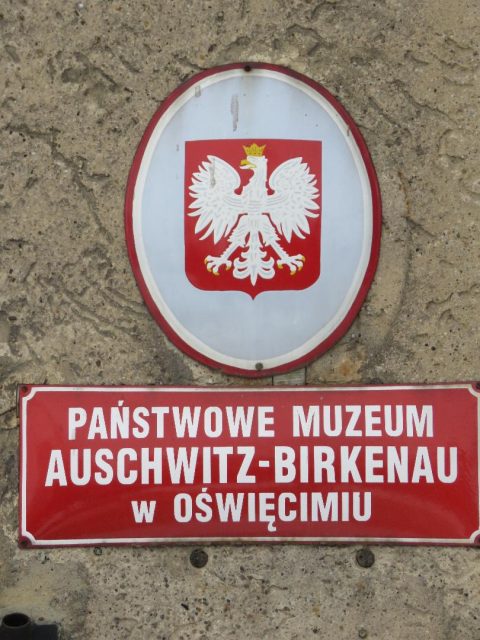
Turning a corner I came across a long wall of faces that made the atrocities committed here all too real: a Polish doctor, a Hungarian teacher and a German shopkeeper. Faces of real people, once smiling and happy, now empty with staring eyes and hollow faces.
The miles of electric fencing surrounded by watchtowers, upon which people would throw themselves as a quick and final relief to their suffering.
There is the death wall, where terror-stricken victims were shot.
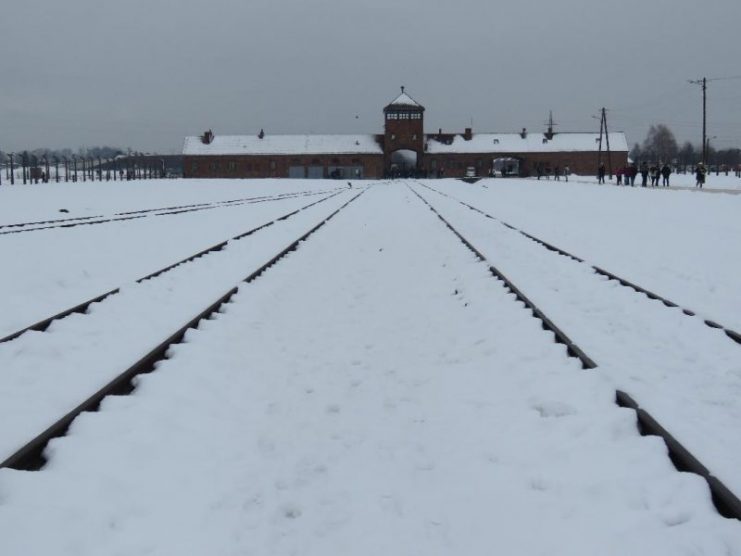
These victims: Jews, Romani and Sinti, the disabled, homosexuals, and Jehovah’s Witnesses, died not only by gas but also by shooting, medical experiments, beatings, flamethrowers, disease, lethal injection, starvation and simply from exhaustion, victims of the Nazis’ “Final Solution.”
Their bodies were burnt in huge ovens and the ashes callously thrown into the river Vistula, leaving no trace of them.
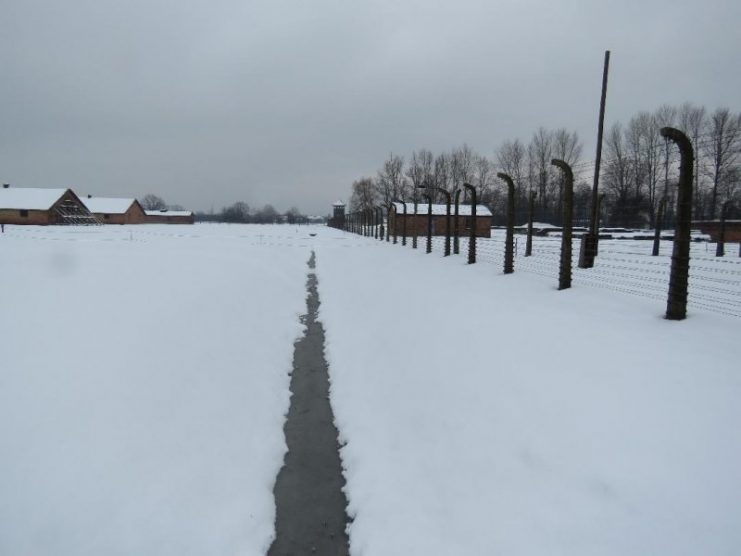
Auschwitz-Birkenau is a dreadful place. Proof of man’s inhumanity to man and that the human race is capable of horrific barbarity, and where the fragility of human life is all too apparent.
Nearby in beautiful Krakow, evidence of its former Nazi occupation is still visible if you look closely. A twelve-meter stretch of the original ghetto wall stands in nearby Podgorze. A small brass plaque states “Here they lived, suffered and died at the hands of the German torturers. From here they began their final journey to the death camps.”
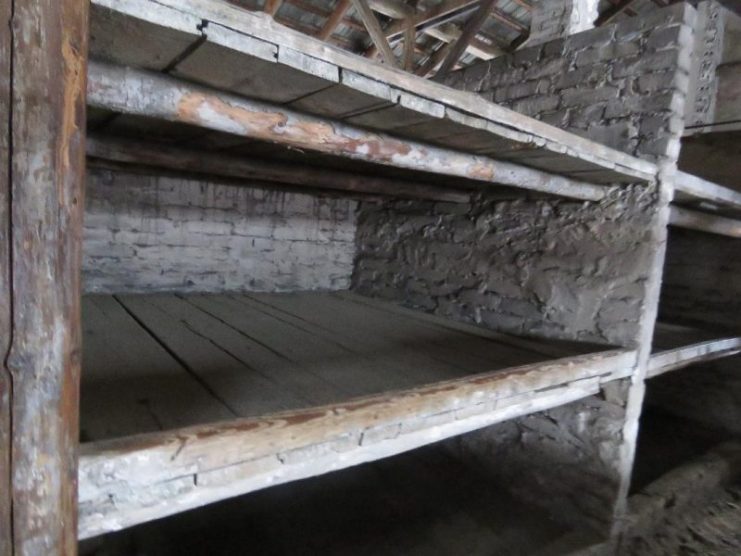
House facades still riddled with bullet marks stand between modern buildings. Ghetto Heroes Square symbolizes the tragedy of the Polish Jews. Its thirty-three empty chairs stand poignantly on the site of the former Krakow ghetto, once so busy and crammed with inhabitants who were soon to lose their lives in the death camps. Also not forgotten is the site of the former, lesser-known Plaszow concentration camp as portrayed in the film “Schindler’s List.”
These areas of Krakow remind us of one of the darkest chapters of mankind. We must all stand up to racism, bigotry and hatred towards other people simply because of their ethnicity, religion or sexuality.
There is a book in the bookshop at Auschwitz entitled The More I Know, the Less I Understand.
This sums up my feelings completely.
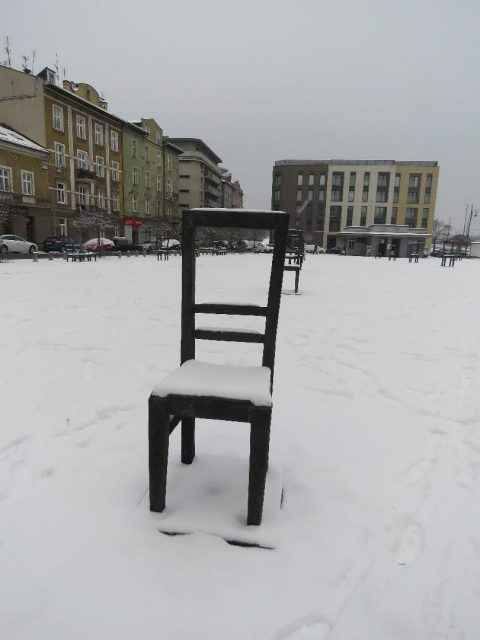
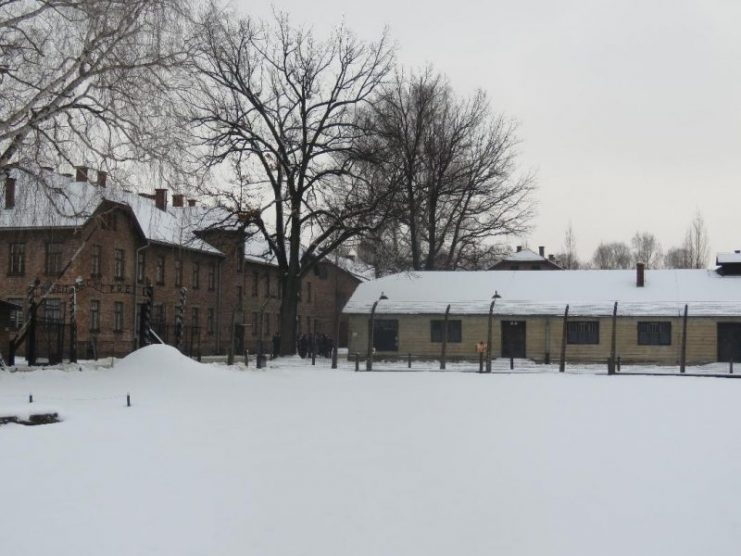
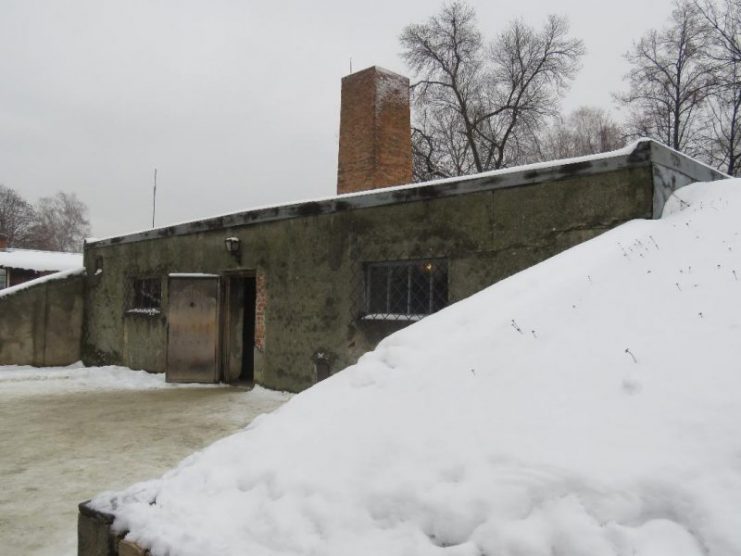
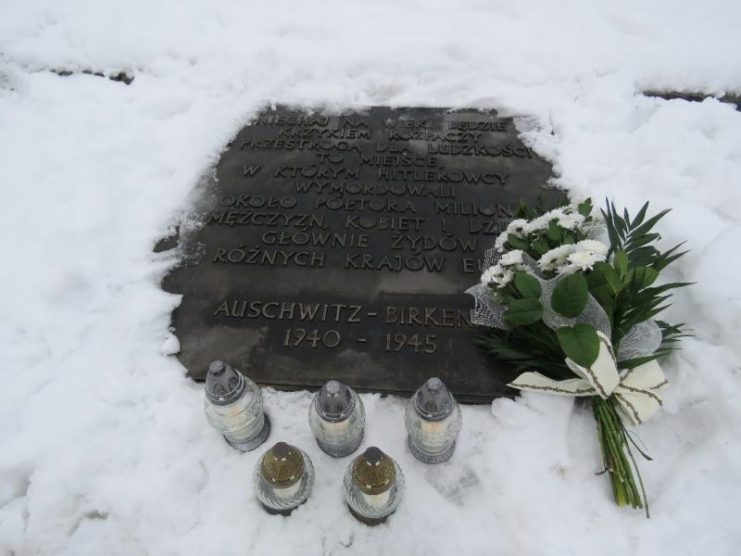
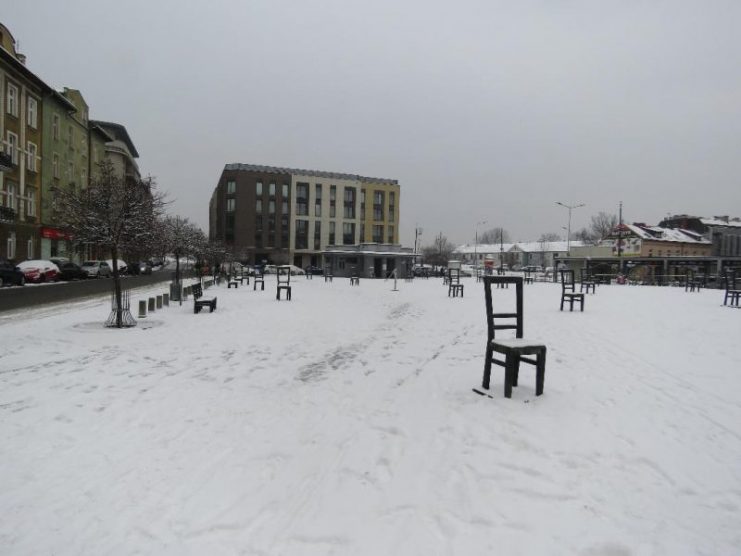
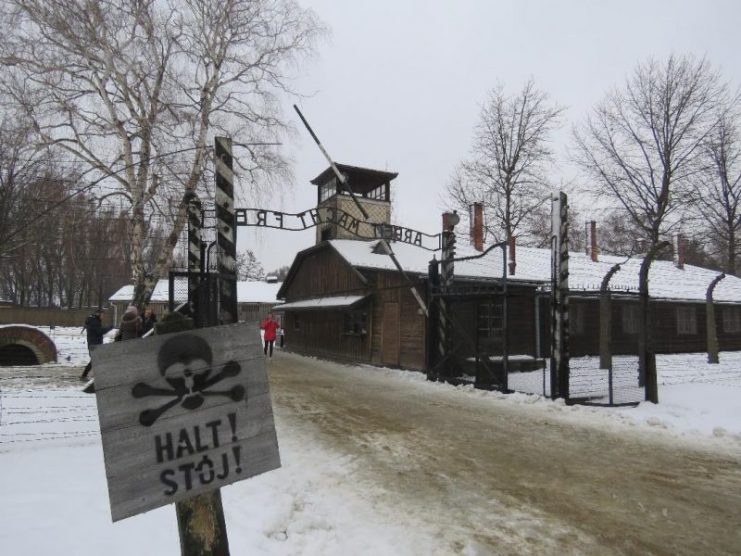
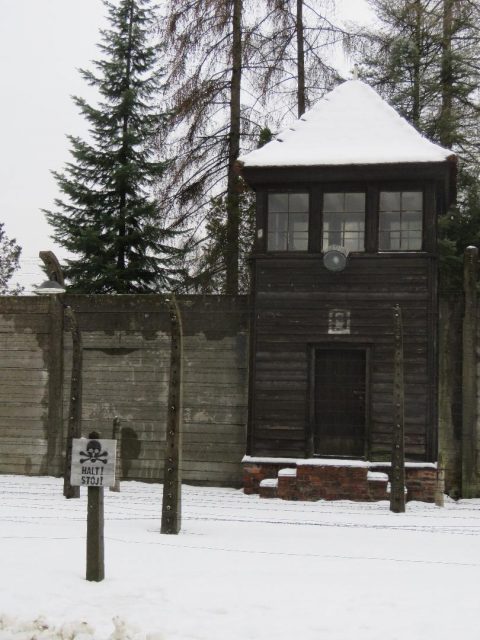
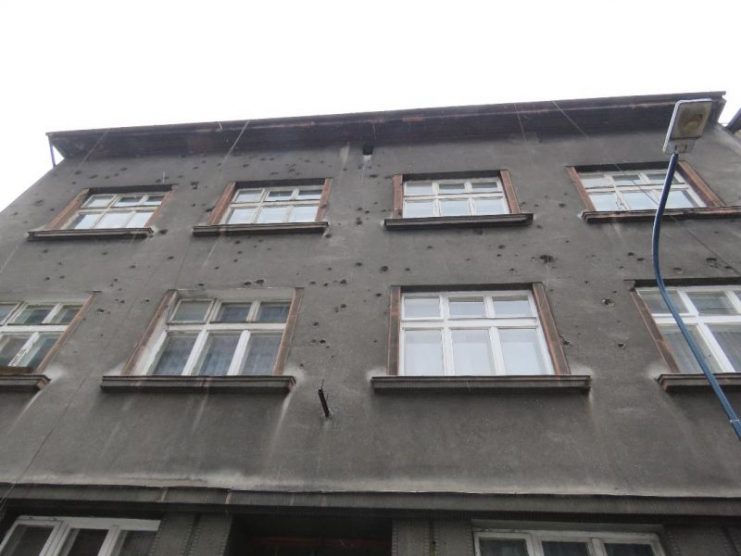
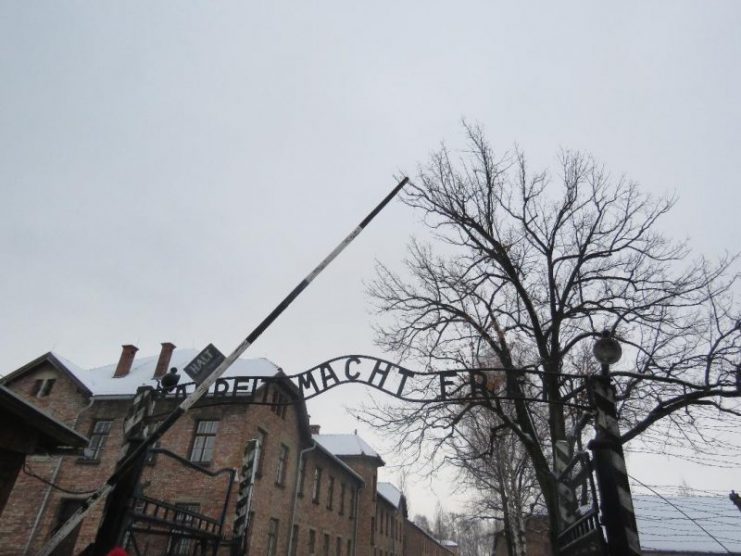
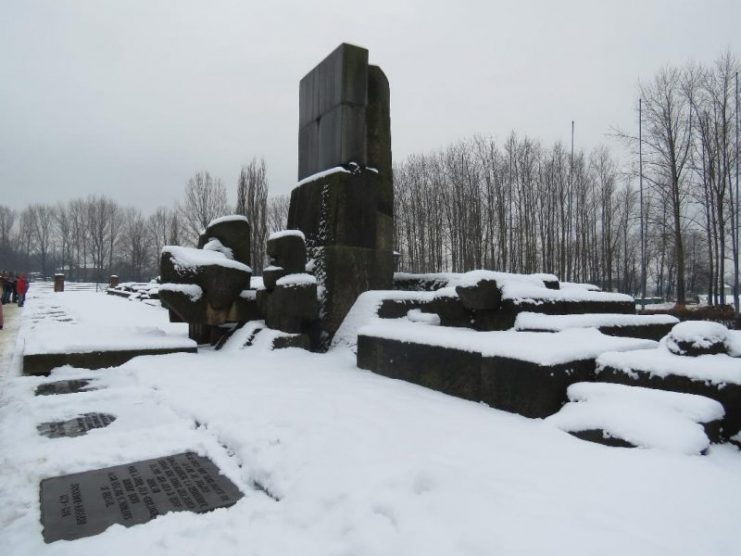
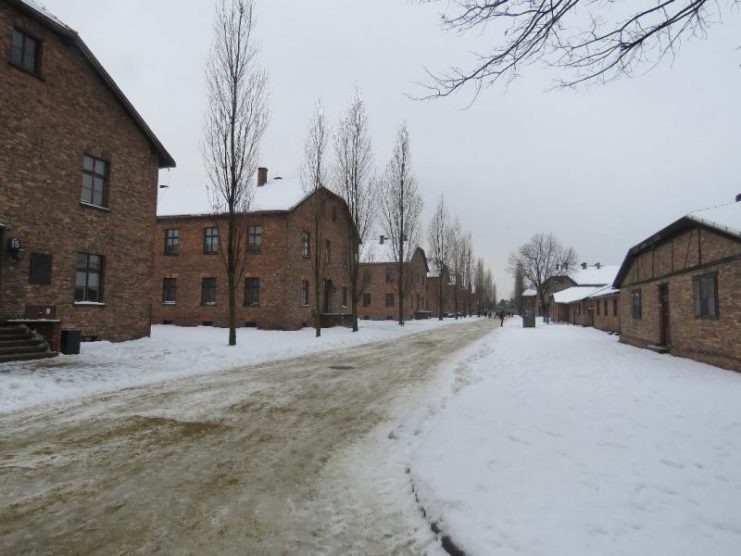
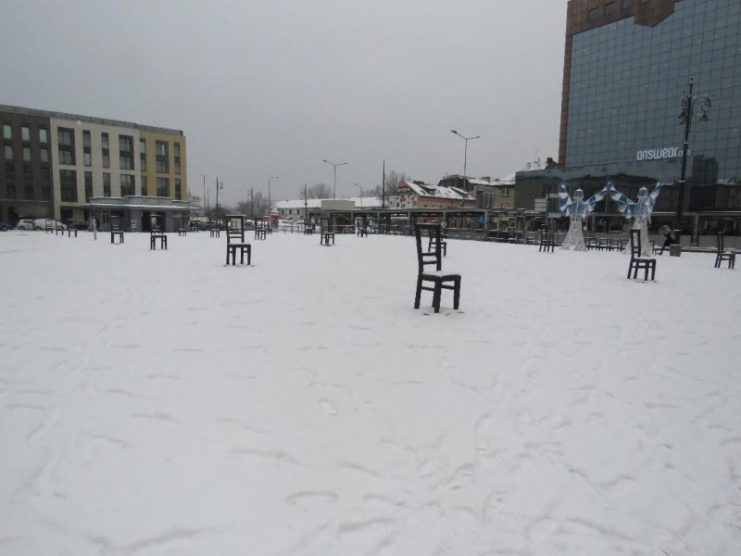
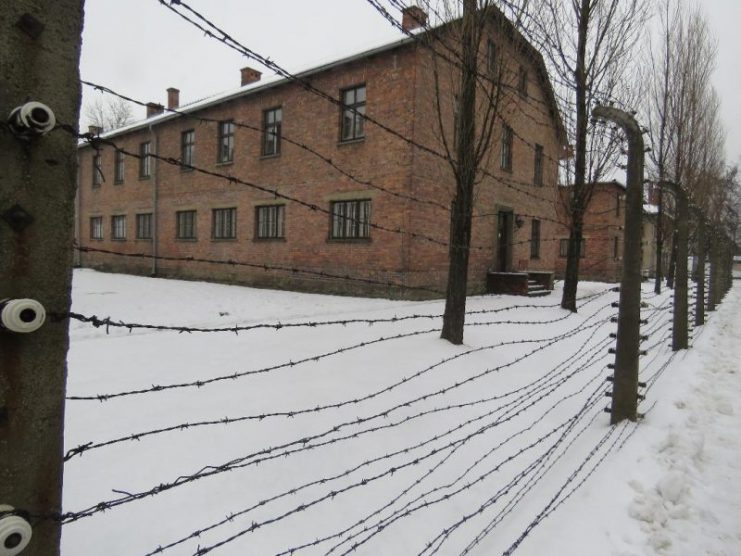
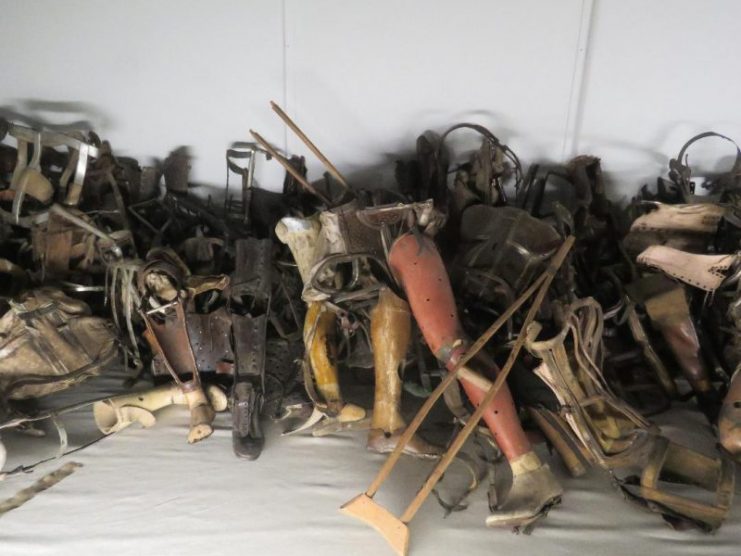
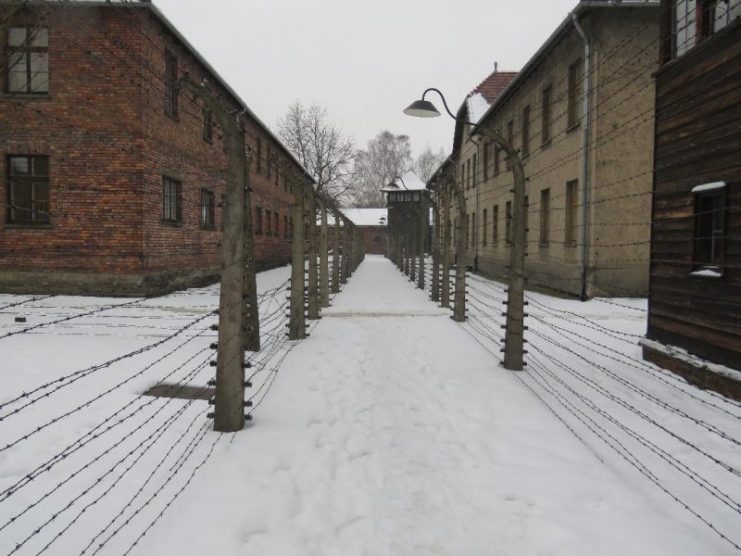
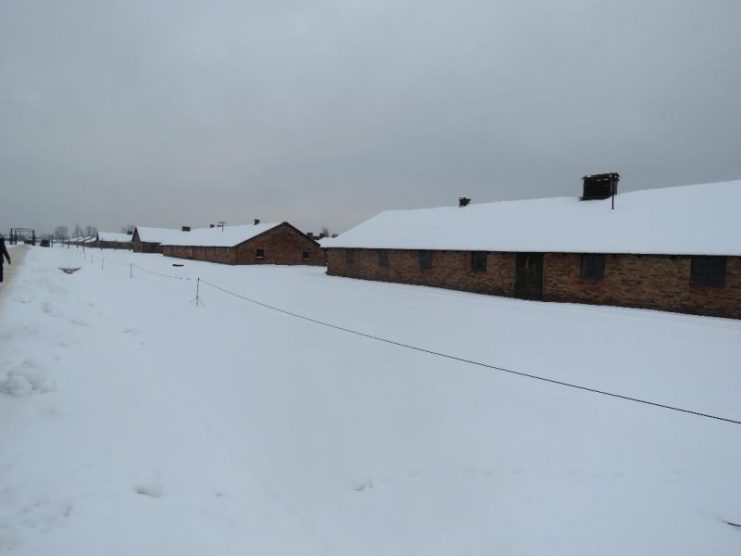
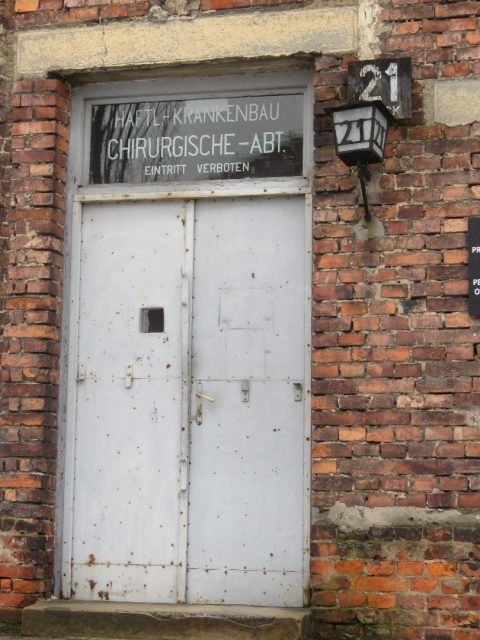
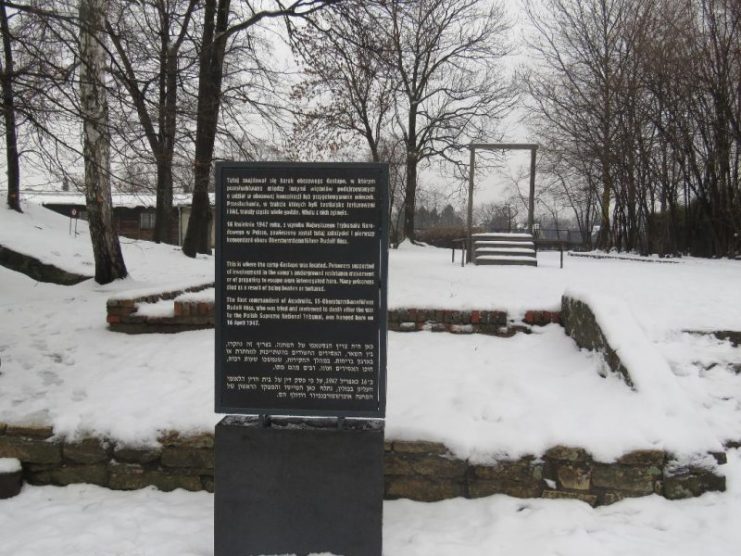
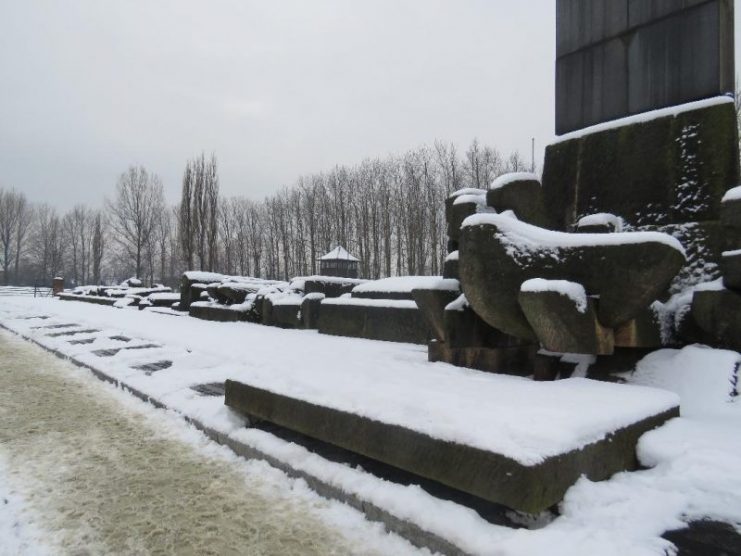
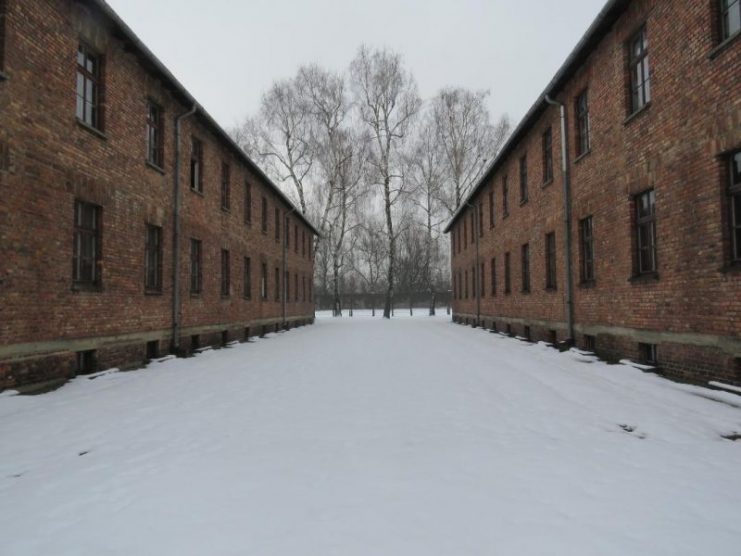
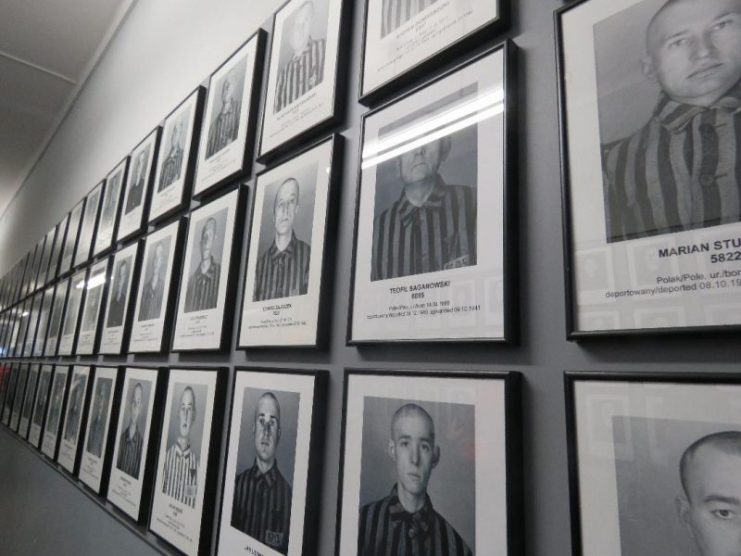
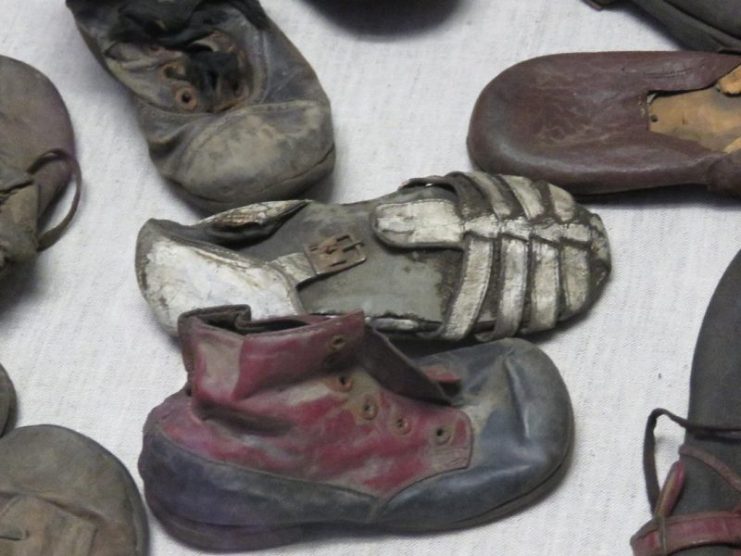
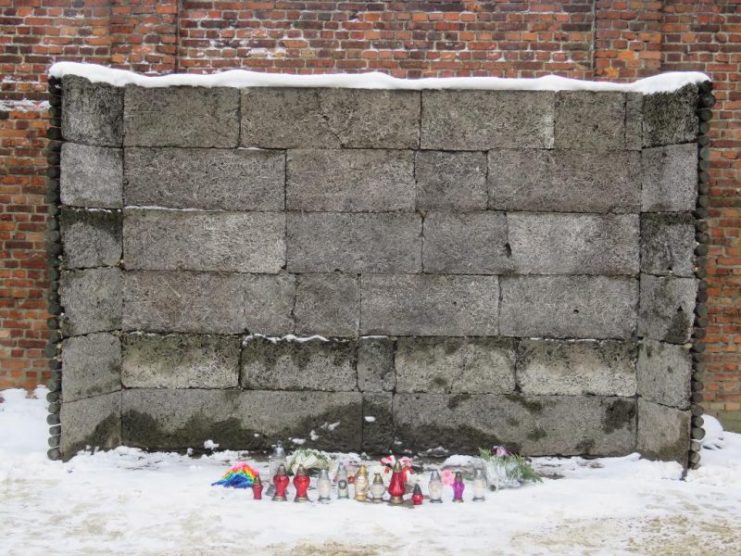
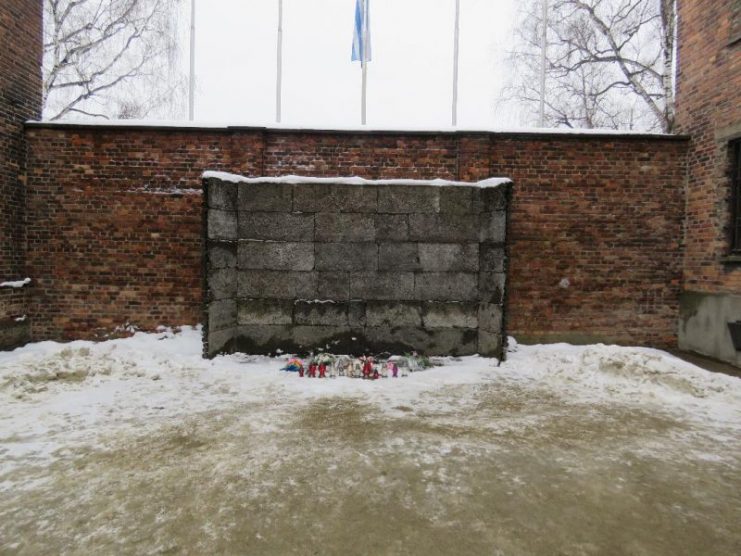
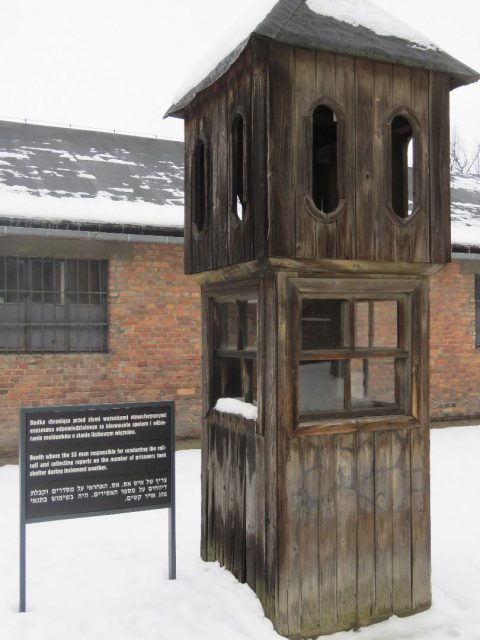
Read another story from us: Forbidden Love: Auschwitz Prisoner and SS Guard Developed Relationship
